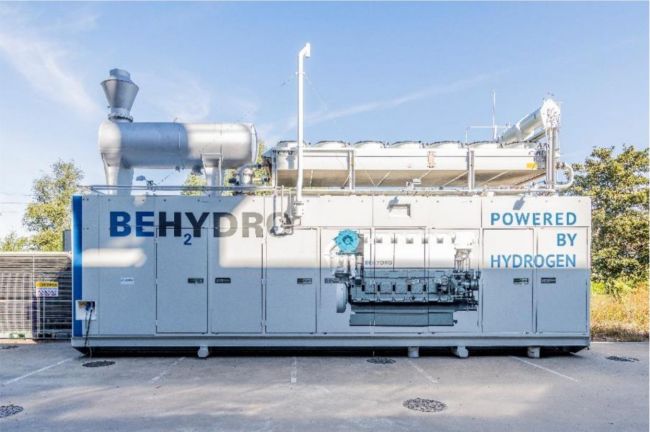A new engine capable of reducing CO2 emissions by up to 85% by injecting and burning hydrogen has been launched by BeHydro, a joint venture between engine producer ABC and shipping firm CMB.
Over the past three years BeHydro has developed, produced and extensively tested a dual-fuel (diesel-hydrogen) engine with a capacity of 1 MW. Based on this technology, larger engines of up to 10 MW can also be produced.
With dual-fuel technology, the engine can continue to supply power, even if no renewable energy or hydrogen is available.
Tim Berckmoes, CEO of ABC, said: “BeHydro has already received its first order for 2 x 2 MW dual-fuel engines that will be installed on board the HydroTug. This vessel is the very first hydrogen tugboat in the world, and will be deployed by the Port of Antwerp.”
In a first phase, 100 hydrogen-powered engines can be produced per year. BeHydro is developing a mono-fuel hydrogen engine that will be ready by the second quarter of 2021.
Alexander Saverys, CEO of CMB explained how BeHydro engines can be used: “BeHydro reinforces the recently announced EU vision on hydrogen and proves that the energy transition for large-scale applications is possible today. These include main engines for coastal shipping, inland shipping and tugboats, auxiliary engines for deep-sea vessels, but also trains and electricity generators for hospitals and data centers. In theory, any large diesel engine can be replaced by a BeHydro engine. The hydrogen future starts today!”
A 1MW BeHydro hydrogen powered motor can:
- supply green electricity to 3,000 families in Belgium;
- reduce CO2 emissions by 3,500 tons per year (or the equivalent of 300 hectares of forest);
- be used to convert 13,600 diesel locomotives in Europe to hydrogen; and
- produce as much energy as 1 wind turbine of 3 MW or 36,000 solar panels.
SOURCE: https://vpoglobal.com/2020/09/18/dual-fuel-engine-shows-potential-to-cut-emissions-by-85-per-cent/
